
In spring 2025, MISO’s resource auction sent alarm bells through the Midwest. Clearing prices for summer surged to $666.50 per MW-day – a 2,100% jump from the prior year.
Surplus capacity shrank from 4.6 GW to just 2.6 GW.
Analysts link this squeeze to recent coal plant retirements and rising demand. Operators issued emergency alerts on nearly 40 of 69 days between June 11 and August 18.
The unprecedented price spike signals a critically thin reserve margin, raising serious reliability concerns for the region’s grid.
Million-Dollar Stakes

Experts warn that the financial stakes are huge. A Grid Strategies analysis (for EDF & allies) found that forcing all fossil plants to retire by 2028 to keep running could cost ratepayers $3.1–$6.0 billion per year.
On a per-plant basis, that translates to roughly $140 million per year for a coal plant the size of Campbell’s.
The 38-day restart already costs about $29 million – implying nearly twice the original estimate. In practice,
the order effectively imposes a massive unfunded subsidy on outdated coal. If extended, the mandate could incur tens of millions in extra costs each year across Michigan and neighboring states’ ratepayers.
Coal’s Planned Exit
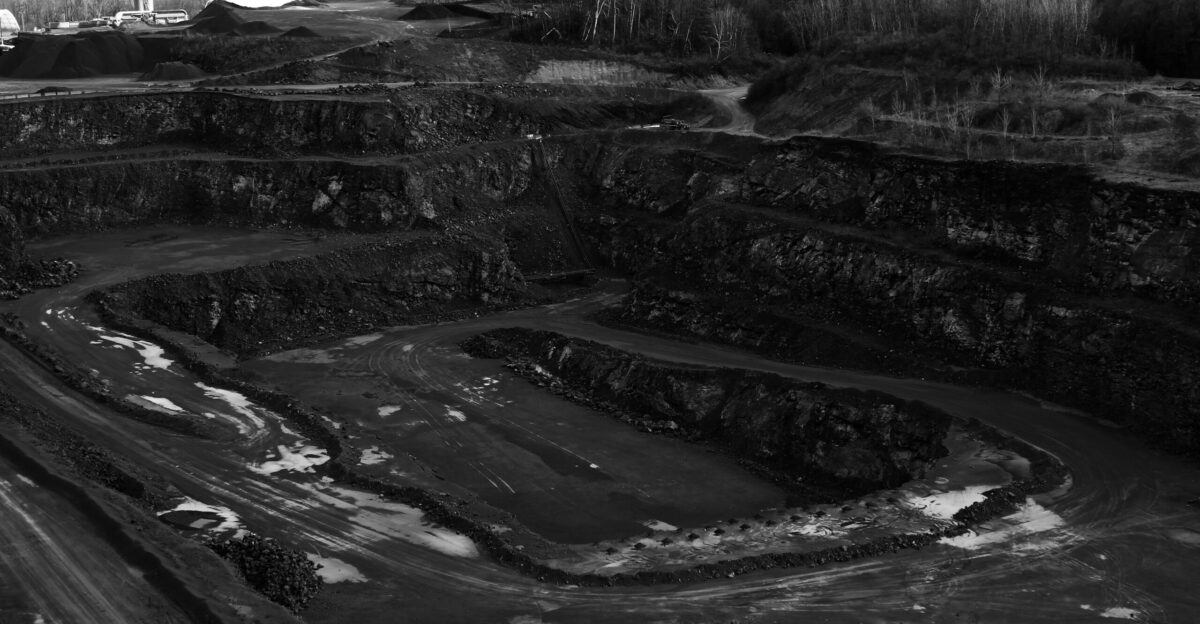
J.H. Campbell’s history as a major power source is long: it opened in 1962 and eventually reached roughly 1.4 GW of coal capacity.
In 2021, Consumers Energy announced it would accelerate Campbell’s retirement by 15 years, closing the plant by May 2025 as part of a plan to eliminate coal by 2040.
Regulators greenlit the move in June 2022 after reviewing replacement resources (gas turbines, wind, solar and storage).
They agreed this plan could save ratepayers roughly $600 million through 2040 compared to keeping the coal plant online.
Market Forces

Campbell’s economics had become dire. Filings show its operating costs reached $45.80/MWh in 2023, far above the typical MISO price (around $40/MWh).
“The plant [was] in the red almost all the time” at those prices.
By spring 2025, Consumers had already dismantled Campbell’s coal logistics: its last coal piles were burned, railcars sold, and staff reassigned.
Restarting it now means urgent, high-cost coal contracts and rehiring crews to run old boilers – an expensive challenge. In short, the aging plant needed life support well before DOE’s order.
Emergency Intervention

On May 23, 2025, Energy Secretary Chris Wright invoked federal emergency powers to force Campbell to stay open 90 more days.
The 202(c) order cited NERC’s warning of “elevated” reserve shortfall risks in MISO.
It mandated continued operation without providing funding or market support, even though Consumers and MISO agreed the grid could cope without Campbell.
In August, DOE issued a follow-on order extending the mandate through Nov. 19, 2025. This unprecedented intervention effectively inserted federal authority into a state-approved retirement plan. Critics say it marks an extraordinary exercise of executive power in energy markets.
Michigan’s Burden

The coal order carried a steep price tag. Consumers reported roughly $29 million spent in the first 38 days of the mandate – about $763,000 per day.
FERC agreed to let Consumers spread these costs across its northern and central MISO regions.
Customers from North Dakota to Kentucky will foot part of Michigan’s coal bill.
Michigan Attorney General Dana Nessel blasted the order as a “manufactured, imaginary energy emergency” forcing families to pay “huge, unnecessary costs” for a plant they never asked to keep.
Community Impact

For residents near Campbell, the closure was seen as long-overdue relief.
The plant was historically one of Michigan’s largest polluters: it emitted over 10 billion pounds of CO₂ annually and dumped about 100,000 pounds of waste(including 10,000 pounds of toxic metals) into Lake Michigan each year.
Health studies attributed dozens of premature deaths and hundreds of asthma attacks in the region to its pollution. Local citizen Mark Oppenhuizen was incredulous: “My family had a countdown for it closing…Why are they inserting themselves into a decision a company has made?…It’s all so dumb,” he said.
The federal override forced the community to lose the cleaner-air future it expected.
Regulatory Resistance
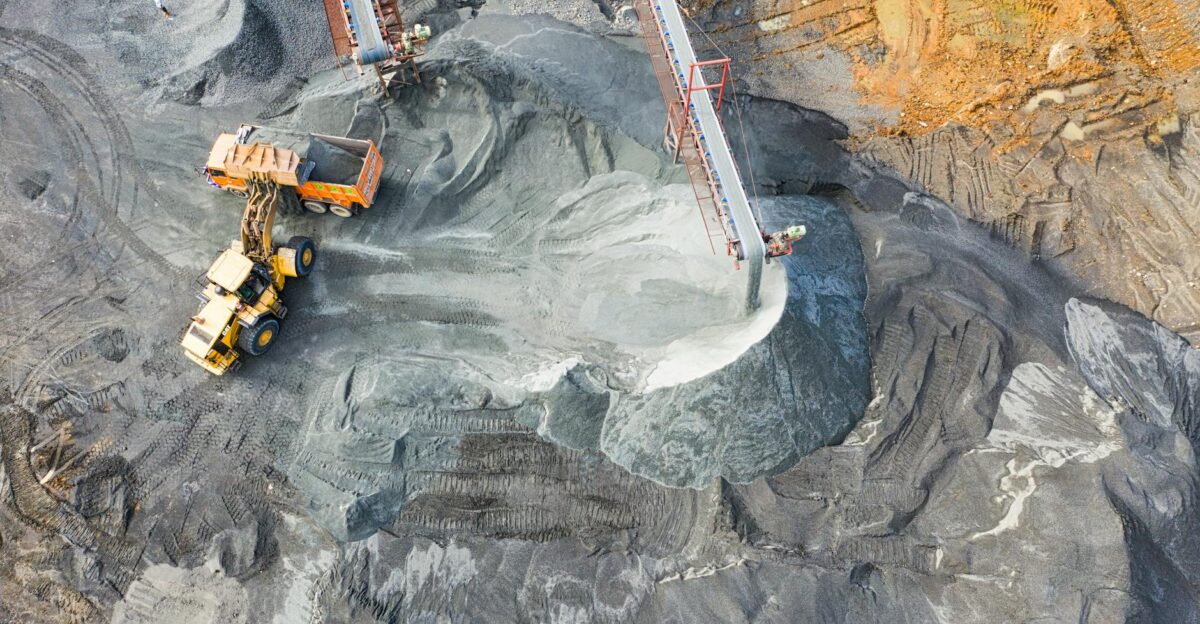
Michigan regulators have openly disputed DOE’s emergency claim. MPSC Chair Dan Scripps noted Michigan already produces more power than it needs, so “there is no existing energy emergency in Michigan or MISO”.
Likewise, MISO reported it had sufficient reserves to meet peak demand this summer without Campbell.
Both the utility and the grid operator said the lights would stay on without the plant. These authoritative findings directly contradict DOE’s justification.
The consensus in Lansing and at MISO was: no crisis, so no need for extraordinary orders. “We currently produce more energy in Michigan than needed…as a result, there is no existing energy emergency in Michigan or MISO,” MPSC Chair Dan Scripps said.
Industry Precedent

The Campbell order broke new ground. DOE had never before forced a utility to keep a plant on against its will and without a market request. (Previous 202(c) actions – for hurricanes or fires – were usually at the grid’s own request.)
Earlier in July, DOE likewise ordered Constellation Energy to keep two 380-MW units of its Eddystone, Pennsylvania plant online.
As analyst Tim Fox of ClearView Energy noted, this “is the first time the energy secretary has used these powers without being asked by the market or plant operator”.
That suggests a new strategy: using emergency authorities to prevent coal retirements. If repeated, the approach could ensnare dozens of other aging plants nationwide.
Legal Challenge

Multiple lawsuits have ensued. Michigan’s AG Dana Nessel petitioned the federal appeals court, calling DOE’s orders “arbitrary and unlawful” and saying only residents would feel the “pinch” of higher bills.
A Sierra Club–Earthjustice coalition filed a separate appeal in D.C. to vacate the order. The states of Minnesota and Illinois also asked for judicial review.
These cases will test the limits of the secretary’s emergency authority and whether DOE truly had cause to intervene. The courts’ decisions will be watched closely by other states and utilities. “If this arbitrary and unlawful order is allowed to stand, the only effect Michiganders will feel will be the pinch in their pockets,” Nessel said.
Utility Frustration
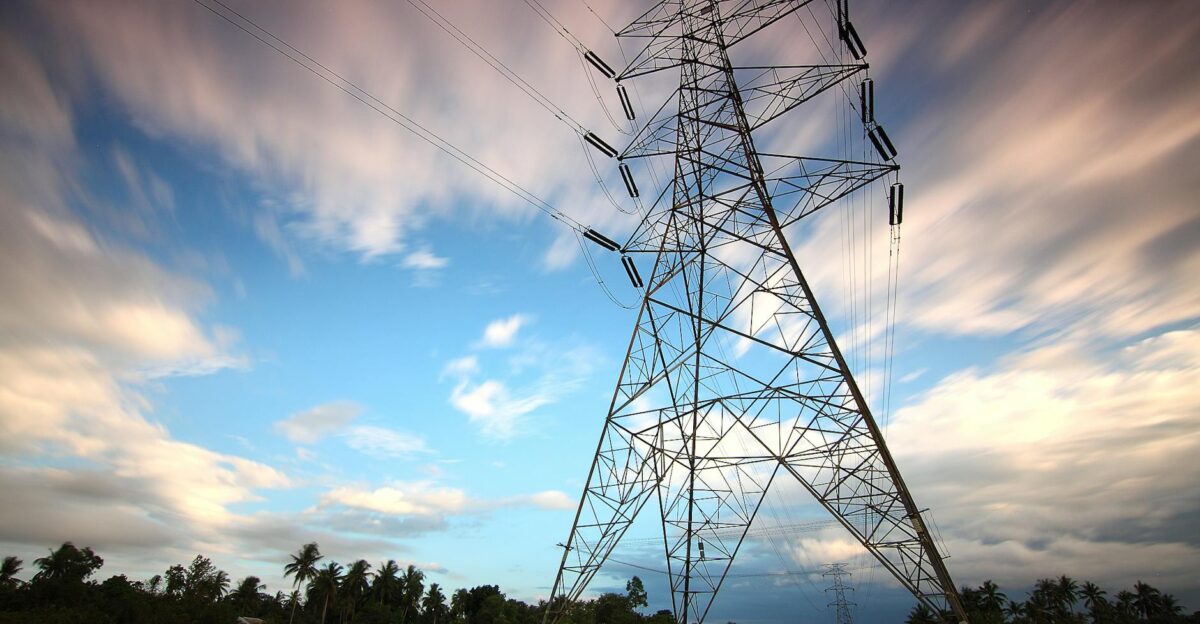
Consumers Energy stresses it never asked to keep Campbell online. By May 2025, the utility had lined up alternative generation and largely closed down Campbell.
Undoing that has been costly. Consumers have had to scramble for high-priced coal supplies and recall hundreds of workers, all while maintaining machinery that had been taken offline.
The utility has asked regulators to allocate these new costs across MISO, arguing Michigan’s customers shouldn’t shoulder them alone.
“We expect the cost…should be shared by customers across the north and central MISO region — not borne solely by Consumers Energy customers,” the company told Bridge Michigan. Consumers contend that its ratepayers should not foot the bill for a mandate they never requested.
Trump Administration

Wright has tied these orders to President Trump’s broader “National Energy Emergency” declared on Jan. 20, 2025. That executive order directed agencies to use any lawful emergency authorities to boost U.S. fossil energy production.
It calls for dismantling regulatory barriers to coal, oil and gas. The Campbell decision fits this playbook: it uses emergency power to prop up an uneconomic coal plant in service of a declared national priority.
Critics note that this aligns with Project 2025’s energy agenda, which explicitly calls for aggressive federal support to keep coal plants running, even against market pressures.
The order is thus seen as an extension of Trump’s energy policies, favoring domestic coal over climate goals.
Market Response

Market outcomes have reinforced the warning signs. In April 2025, MISO’s capacity auction for next summer cleared at $666.50/MW-day (up from $30 a year before).
The operator reported spare capacity down to 2.6 GW.
Such high prices underscore that propping up last-resort coal has not eased the shortage.
In fact, MISO said the auction results “reinforce the need to increase capacity” as demand grows. Industry analysts interpret this as a clear signal: new efficient generation and grid resources are needed, not expensive life-support for aging plants.
Expert Skepticism

Environmental lawyers and economists have been blistering in their criticism. “Chris Wright is not a Soviet-era central planner, but his new order suggests he would fit right in,” quipped Earthjustice attorney Michael Lenoff, decrying the unprecedented federal override.
Energy experts warn that the intervention distorts competitive markets and forces unnecessary costs on consumers.
Health advocates highlight the human toll: a Clean Air Task Force analysis estimates Campbell’s emissions cause roughly 44 premature deaths and 455 asthma attacks in the region each year – tragedies that the forced extension now perpetuates. In sum,
Critics say the order serves coal interests at the expense of market efficiency and public well-being. “Chris Wright is not a Soviet-era central planner, but his new order suggests he would fit right in,” said Michael Lenoff of Earthjustice.
Future Questions
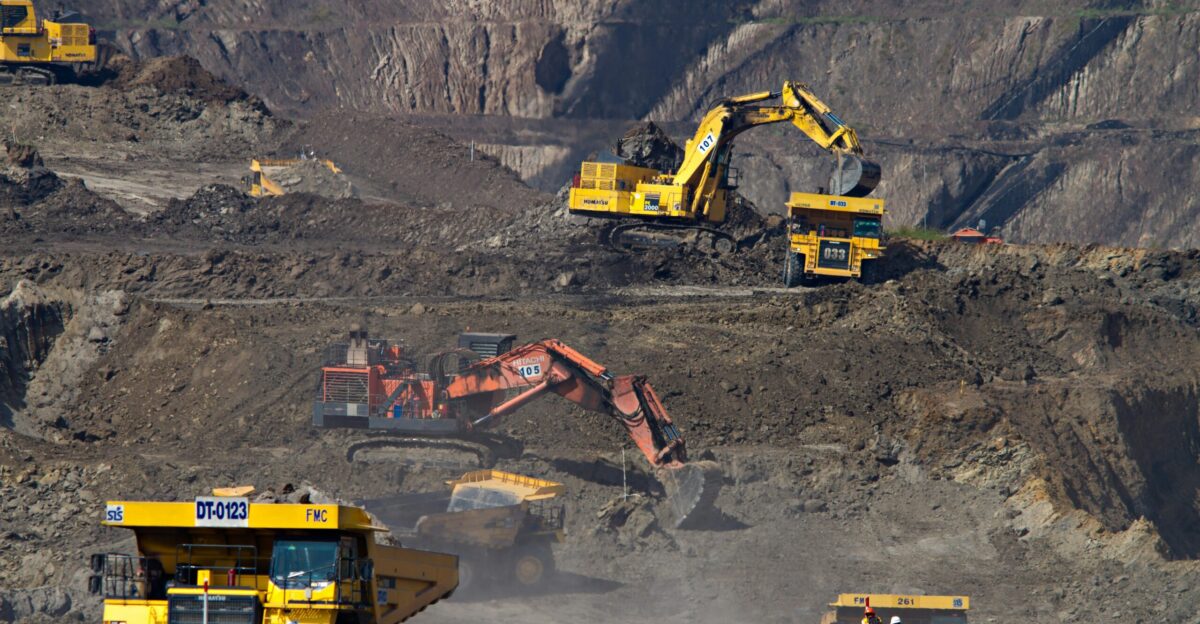
The Campbell saga poses fundamental questions about energy governance. DOE’s 90-day power is meant for genuine emergencies – but can it be treated as a policy override? Campbell’s extension runs through Nov. 19, 2025, and DOE could seek another extension.
Observers note this conflict pits federal fiat against state utility planning.
Nationwide, dozens of coal plants are slated to retire in the next few years. If DOE uses Section 202(c) routinely, it could delay those retirements and substantially reshape the transition to clean energy. Courts will soon weigh in on whether this is lawful.
Whatever the outcome, the case underscores that America’s energy future will involve not just market economics but also the question of who gets to decide how power is generated.
Political Implications
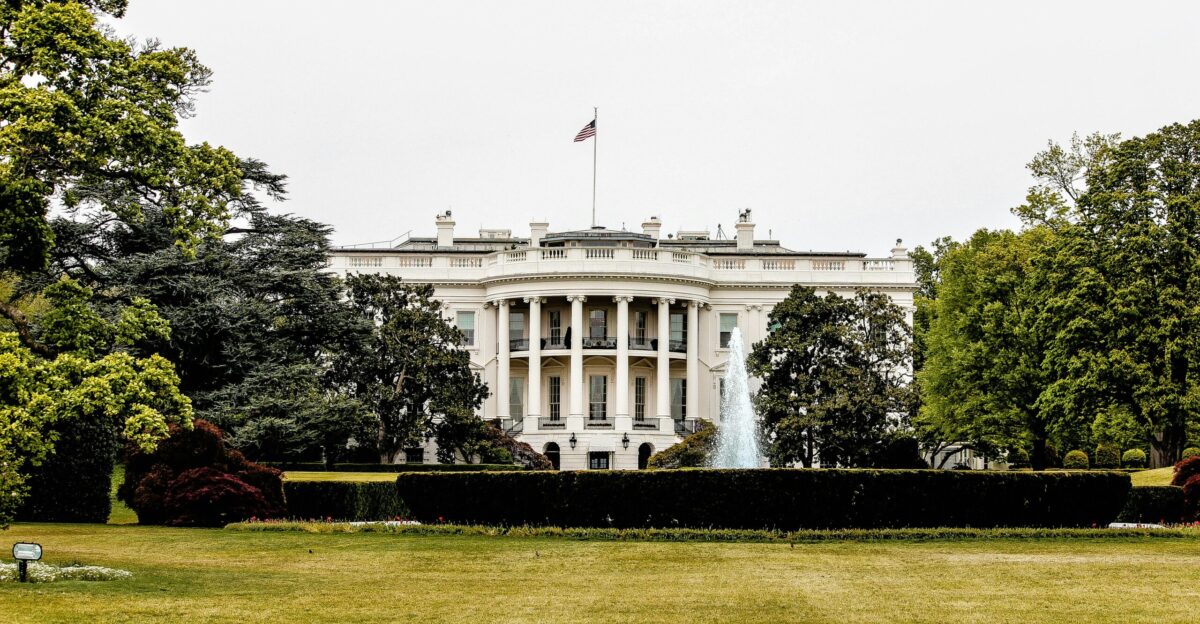
This order embodies a broader political clash over energy. President Trump’s “energy emergency” declaration reflects a conservative agenda to reverse the transition to clean power. It effectively installs federal authority over decisions that states and utilities had made after years of review.
Project 2025’s energy proposals called for exactly this kind of top-down action: using emergency powers and deregulation to bolster fossil fuels.
In Michigan and beyond, the move has put state and federal priorities at odds. Notably, many Republican governors whose states now face higher energy costs have been largely silent. Yet public polls show most Americans still support clean energy: for example, 60% of U.S. adults prioritize renewables.
The Campbell order underscores the tension between populist pro-clean preferences and the Trump administration’s coal-focused policies.
Regional Ripple
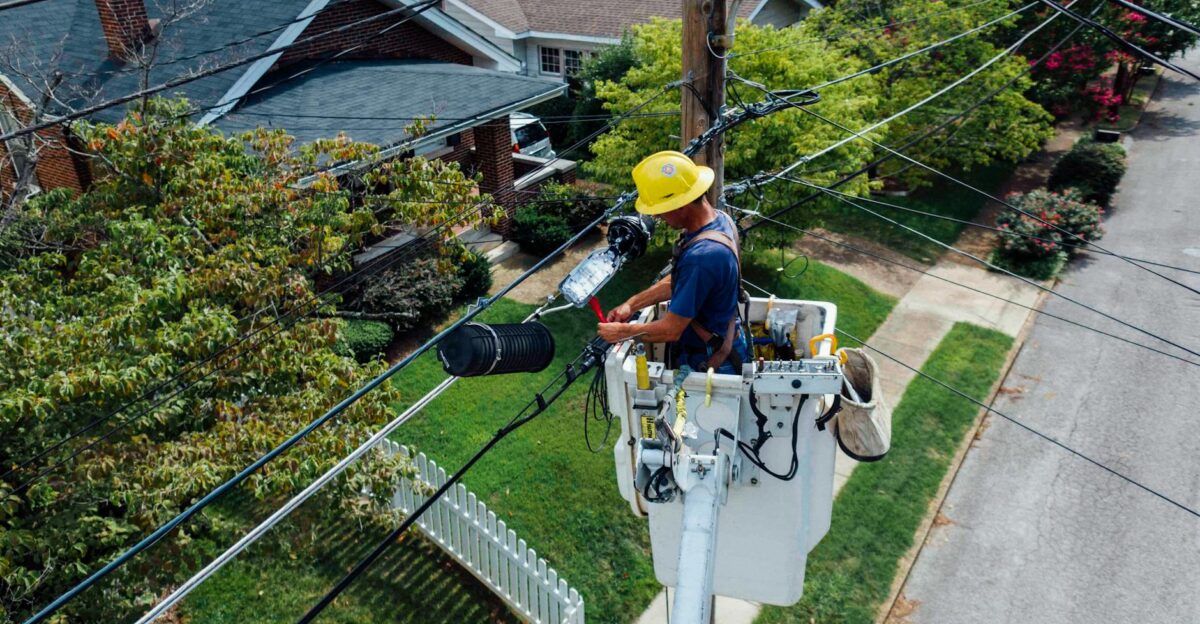
Forcing Michigan’s coal plant to run imposes costs on other states, straining regional relations. FERC’s allocation means customers in 9 MISO states (ND, SD, MN, WI, IL, IA, IN, KY, MO) will help pay Michigan’s bill.
Utility regulators in Illinois and elsewhere have protested, arguing their citizens shouldn’t subsidize a Michigan plant they don’t use.
More broadly, this intervention breaks the norm of cooperative planning. MISO’s resources were meant to be decided by regional markets and regulators; now one state’s politically backed order can override that consensus.
Observers fear this departure from market principles could chill future interstate collaboration on energy.
Environmental Stakes

Campbell’s extension also undermines Michigan’s environmental goals. The state aims for carbon neutrality by 2050, but running its largest coal plant makes that harder. The plant’s pollution doesn’t stop at shutdown day.
Data show Campbell still emitted over 10 billion pounds of CO₂ and roughly 100,000 pounds of wastewater toxins (including heavy metals) into Lake Michigan each year of operation.
Environmental justice advocates point out that the burden falls on nearby low-income and minority communities, which have long suffered from the plant’s smoke and ash.
Extending Campbell’s life means these communities continue to breathe dirty air and drink polluted water – even as the rest of the state moves toward cleaner energy.
Generational Divide

The Campbell battle has a generational dimension. Younger Americans – including many self-identified conservatives – overwhelmingly support the clean energy transition, while this emergency order protects coal.
A Pew poll found 60% of U.S. adults say the nation should prioritize renewables, and even a majority of voters under 30 favor investing in wind and solar.
Yet the emergency intervention bypasses that public sentiment.
A near-universal popular mandate for cleaner energy is being countermanded by unilateral executive action. The conflict highlights a wider struggle: each day Campbell runs is one more year that the generation leading tomorrow’s economy is forced to delay its preferred vision of an energy future.
Energy Democracy

At its heart, the Campbell case is about energy democracy – who gets to choose the power mix. State regulators, utilities and markets had voted for closure; DOE’s order overrides all of them. As Earthjustice attorney Shannon Fisk put it, the DOE’s “unprecedented last-minute interference… will harm the wallets and lungs of Michiganders”.
Now the question moves to the courts: will judges allow such broad use of emergency powers, or will they insist on adhering to established planning processes?
The outcome will shape whether federal political preferences or market forces carry the day.
What happened at Campbell suggests that America’s path to cleaner energy will hinge not only on technology and economics, but on the fundamental political question of who gets the final say in our energy future.